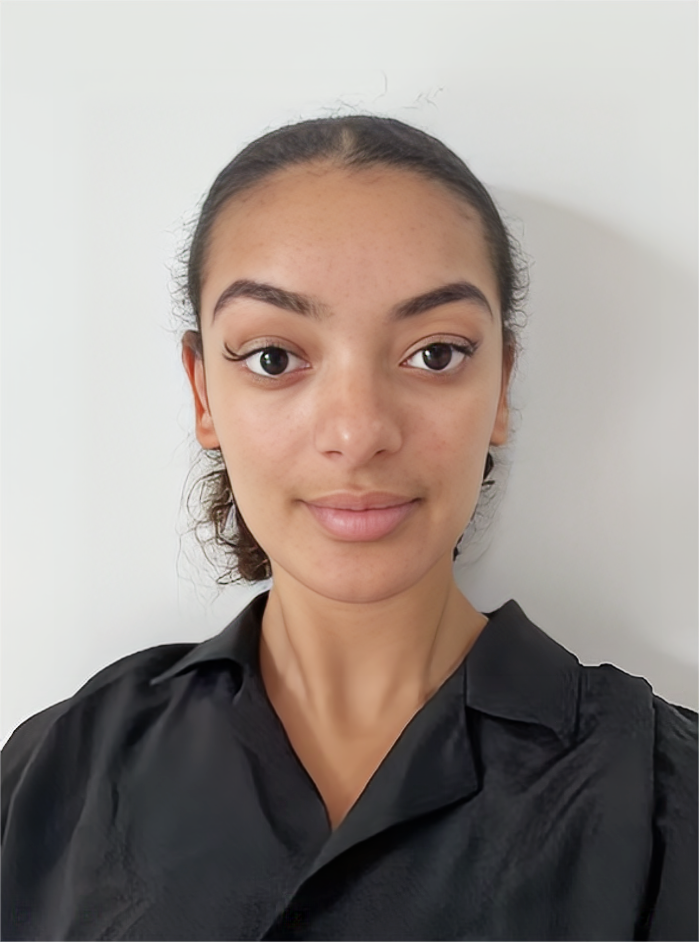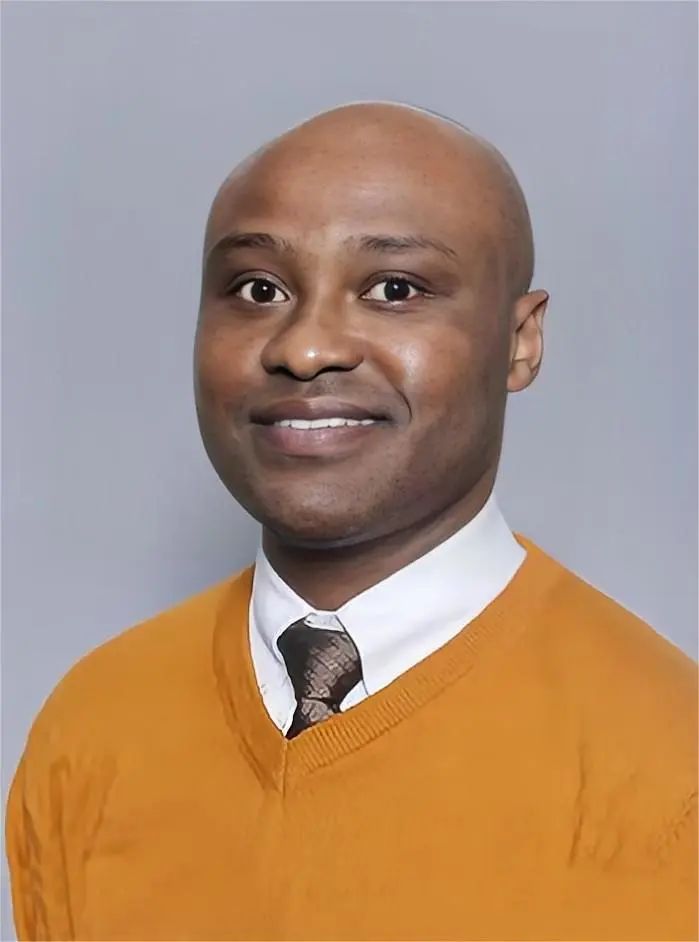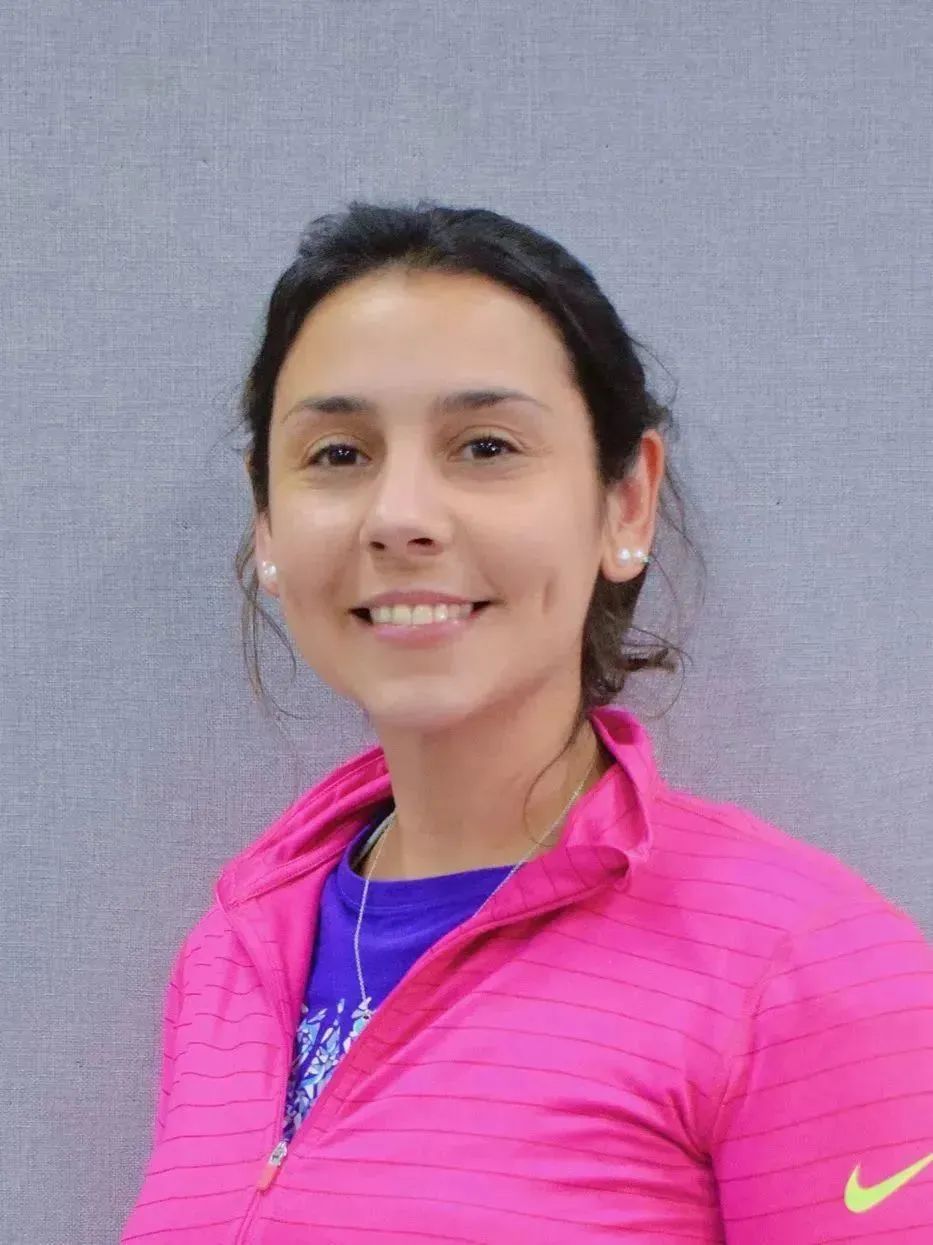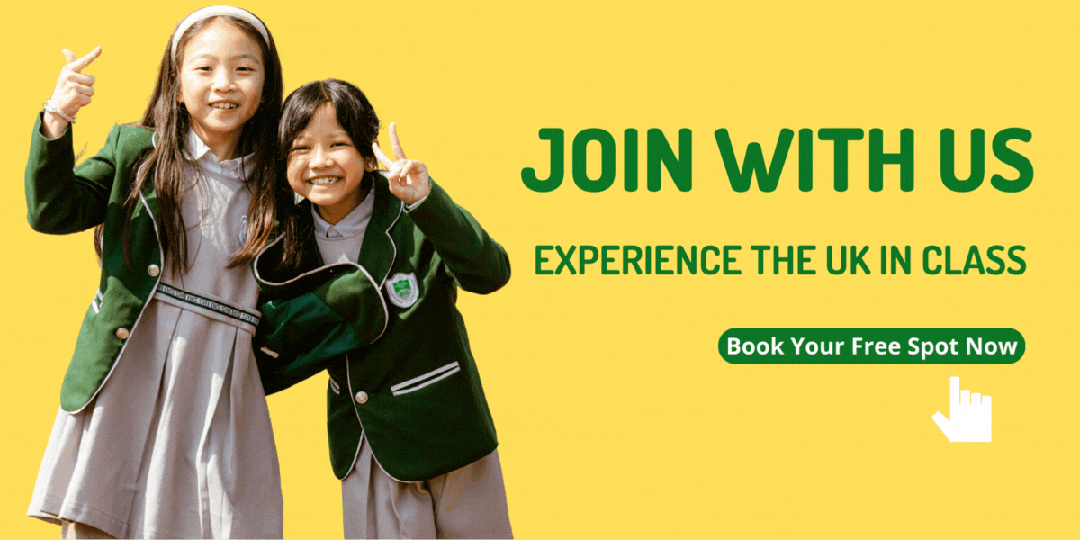
From
Rahma AI-Lamki
EYFS Homeroom Teacher
Exploring the World of Helpers: Mechanics, Firefighters, and More in Reception B Class
This week, reception B class continued on our journey to learn all we could about people who help us. We spent this week focusing on mechanics and how they help society around. Students love looking at cars and discovering the impacts mechanic have on us. We looked at firefighters and police officers, we even went took the opportunity to visit Tesla where we learnt about living sustainably and how cars are developed. We created our own crafts of what we think future cars will look like and we role played alot. One day we were firefighters helping tame a fire, the next we were doctors making sure everyone feels good! We use all types of creative methods to learn about the world around us!

From
Christopher Conley
Primary School Homeroom Teacher
Making a habitat diorama
This week in science year 2 have been learning about the rainforest habitat as the last part of the living things in different place unit. During this unit we learned about several habitats and the features of those habitats. We had learning objectives of knowing that an environment in which a plant or animal naturally lives is its habitat as well as learning that that different habitats contain different plants and animals. We also had a learning goal of creating diagrams that could be labelled to identify features, plants, or animals of that habitat. We decided to create a diorama to bring all these ideas together.
We started by doing some research about rainforest habitats. What animals are found there? What are the features of that habitat? How is it different to other habitats? The students discovered that the rainforest could be separated into distinct layers and in each layer the animals and these layers were different and specific. This gave the students many ideas for creating their models.
Second, we painted our boxes and prepared materials to put into our boxes. The students were separated into pairs to share ideas and practice cooperating, as well as sharing resources. It is important to learn how to work with others and this project gave them an excellent to be a partner in a project.
Once the boxes were painted the students set about using a variety of materials to create the features of the environment. The variety of materials selected was to allow students to show their creativity, and their individualism in the project. We wanted to encourage students to have a choice and investigate different means of making a model that showed their knowledge.
The last part of our diorama was labelling the models that had been made. The students also could make sure the environment was accurate to labels that were added. The students were engaged and innovative throughout this process. The students also took responsibility for their learning and created models of a high standard. They were also reflective throughout this process and could listen to teacher guidance as well as have the confidence to explore the project they were creating. The students demonstrated all the attributes of being a Cambridge learner we are trying to encourage and met the learning objectives of the week. Well done Year 2!

From
Lonwabo Jay
Secondary School Homeroom Teacher
Key Stage 3 and 4 mathematics is at its peak now.
We have had formative and summative assessments happen.
Key Stage 3 mathematics follows a mastery scheme of work that builds upon the Key Stage 2 curriculum. Pupils are taught mathematics in seven key topic areas: number, algebra, space and measure, probability, ratio and proportion, and statistics. Lessons are designed to fully prepare students for Key Stage 4 and work on GCSE skills from Year 7 such as resilience and problem-solving. Homework is set weekly and is based on an interleaving approach which encourages pupils to remember and practice a large range of topics. At the end of each term, students sit an in-class assessment based on their learning.
Key Stage 4 mathematics is a linear continuation of the learning from Key Stage 3 – building upon the seven key topic areas with a more in-depth GCSE context. The scheme of work is more challenging, and students will follow a Foundation or Higher tier scheme from year 10. Students should be learning the maths formulae and revising regularly in preparation for the summer examinations.3
At the secondary level, we also encourage students to develop their 21st-century skills. 21st-century skills are twelve abilities that today’s students need to succeed in their careers during the information age. The twelve 21st-century skills are critical thinking, creativity, collaboration, communication, information literacy, media literacy, technology literacy, flexibility, leadership, initiative, productivity, and social skills. These skills are intended to help students keep up with the lightning pace of today’s modern markets. Each skill is unique in how it helps students, but they all have one quality in common. They are essential in the age of the internet.

From
Victoria Alejandra Zorzoli
PE Teacher
Reflecting on a Productive First Term at BIS: Sports and Skill Development
The end of the first term is approaching at BIS and we have been going through a lot of things during these 4 months. With the younger year 1, 2 and 3 in this first part of the year we focused on the development of locomotor movements, general coordination, throwing and catching, body movements and cooperative and team games. On the other hand with year 5 and 6 the objective was to learn different sports such as basketball, football and volleyball, acquiring new skills to be able to play matches in these sports . As well as the development of conditional abilities such as strength and endurance. The students had the opportunity to be evaluated after a training process of these two skills. I hope you all have a great holiday!
Post time: Dec-15-2023









